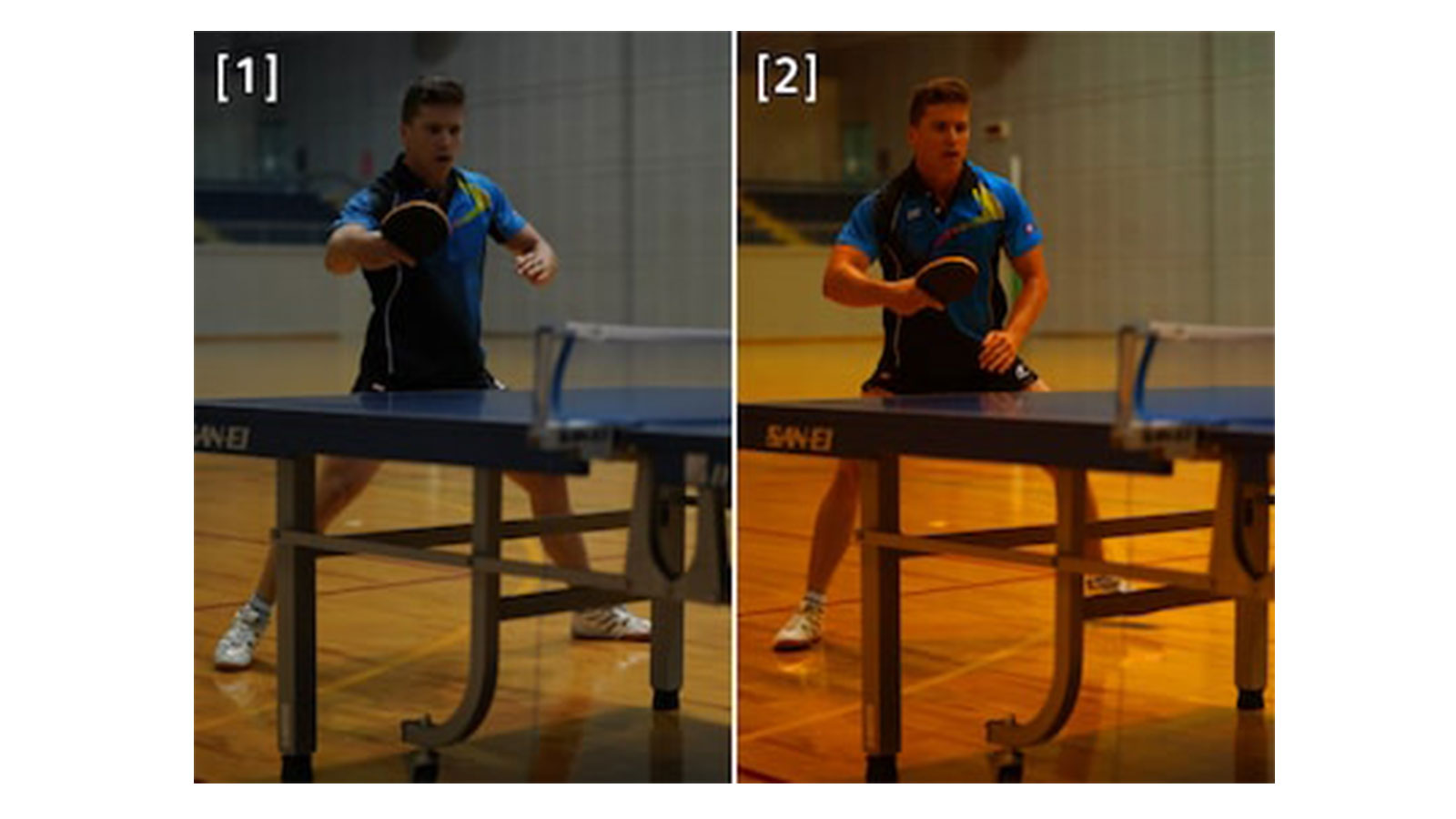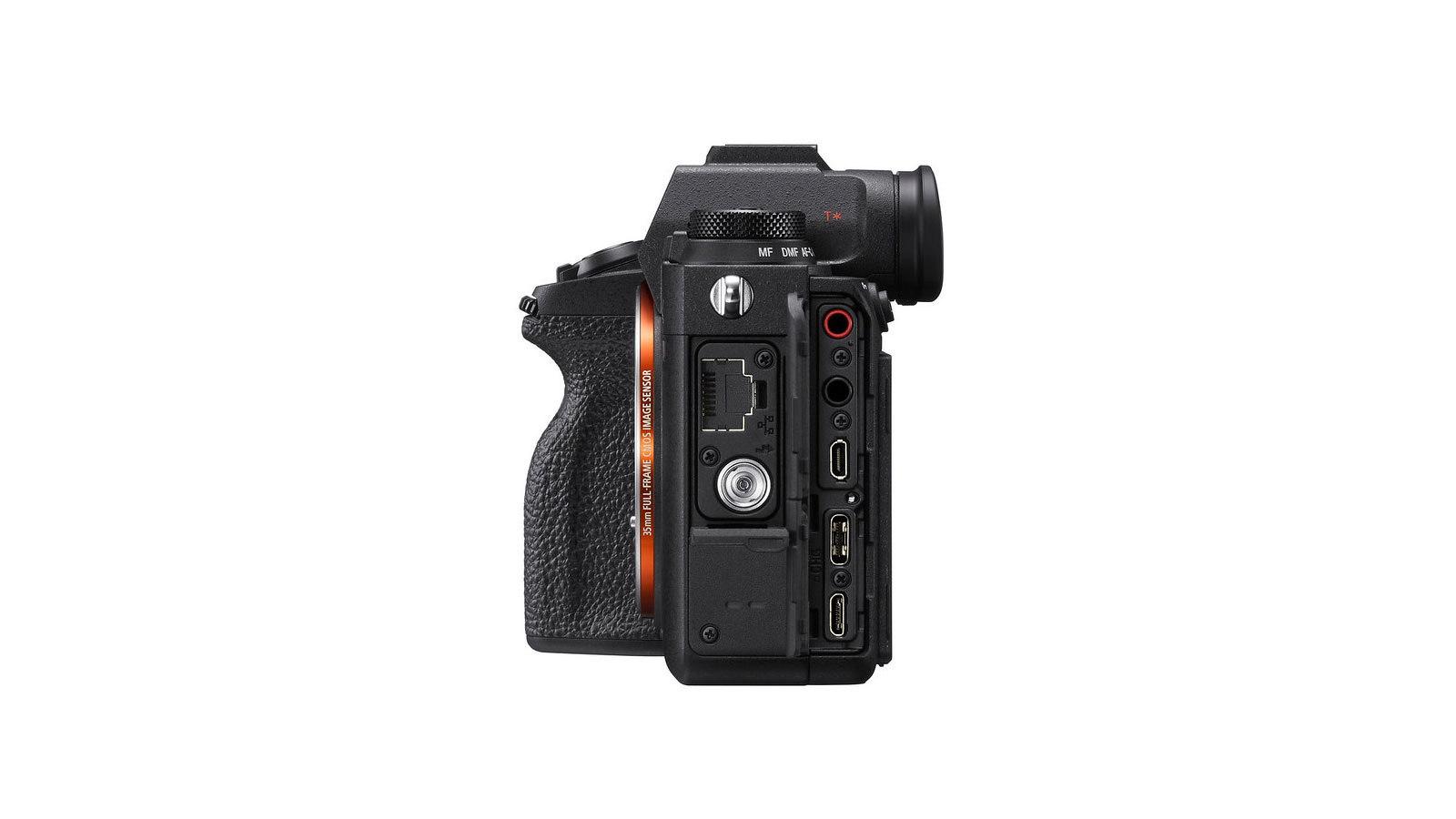Those of us who were expecting Sony to have announced the Alpha A7S III by now – it has been a long time coming – will just have to wait a while longer. Instead, the Japanese electronics giant has, very quietly, launched an upgraded version of its sports-oriented Alpha A9.
The A9 was already a very impressive camera and its successor retains most of the features that made it a superb snapper for press and sports photographers. All Sony has done is refined the original and given us an incremental upgrade, with some features that are definitely going to prove useful to the pros.
To understand the small differences between the A9 and the A9 II, we should start with the common features the two shooters share.
Sony Alpha A9 vs A9 II: the common features
- 24.2MP Exmor RS stacked full-frame sensor
- 3.69 million dot electronic viewfinder (EVF) with 0.78x magnification and 120Hfps refresh rate
- 1.44 million dot rear LCD touchscreen
- ISO range of 100-51200 (expandable to 204800)
- 20fps burst speed with AF/AE tracking, blackout-free live view
- 693 phase- and 425 contrast-detect autofocus (AF) points
- 60 AF and auto-exposure calculations per second computational speed
- Real-time tracking and real-time eye AF for both animals and humans
- 1/32000 second shutter speed
It's clear from the list above that Sony has held on to the core specs of the original A9, including not adding Picture Profiles for video in the upgraded version of the snapper.
The major differences is in the design, although even that is a slight tweak, and in the connectivity options in the A9 II.
Sony Alpha A9 vs A9 II: design
At first glance, the A9 and its successor look quite similar, but the A9 II inherits the design changes introduced in the Alpha A7R IV. While the new camera sports a deeper grip, it also has a more weatherproof body with double sliding covers over the battery door and card slots to keep the elements out.
It also brings across the control layout from the A7R IV with thicker buttons and dials that offer better tactile feedback. For example, the AF-ON button is larger while the AF joystick has a different texture compared to Sony's older full-frame mirrorless cameras. While the drive dial on the top of the camera remains unchanged from the A9, the exposure compensation dial on the top right corner now sports a locking button to prevent accidental changes. There's also a redesigned lens lock button on the A9 II, along with better padding for shock absorption around the lens mount.
The A9 II is also marginally bigger than its predecessor, measuring 128.9 x 96.4 x 77.5 mm and weighing in at 678g (the A9 measured 126.9 x 95.6 x 63.0 mm and weighed 588g).
Sony Alpha A9 vs A9 II: card slots

For a camera that's focused on the pros, it was important for the A9 to boast dual card slots. However, only the first slot in the A9 was compatible with the faster UHS-II SD cards. This was a small handicap for those who preferred recording to both slots simultaneously.
With the A9 II, that issue has been eliminated, with both SD card slots now UHS-II compatible.
Sony Alpha A9 vs A9 II: image processor
The original A9 already had a fabulous BIONZ X imaging engine with a front-end LSI (large scale integration) to sustain superior processing speeds.
That remains the case in the A9 II, although Sony says the image processor has been upgraded to improve AF speed and accuracy, while also improving face detect and EVF response times. According to Sony, the AF algorithm has been tweaked to more reliable and tracking of fast-moving objects.
Sony Alpha A9 vs A9 II: drive speed
Both cameras have a continuous shooting speed of up to 20fps. However, this was the case in the A9 only when using the electronic shutter – while using the mechanical shutter, that speed dropped to 5fps.
That has been doubled in the A9 II, with the new camera capable of 20fps with an electronic shutter and 10fps when using the mechanical shutter. This was made possible by a redesigning the shutter mechanism which now features a new internal damper structure to reduce vibration and noise.
The low-vibration shutter is definitely a useful change, though durability doesn't seem to have changed from the predecessor, with life expectancy still at 500,000 actuations.
Sony Alpha A9 vs A9 II: anti-flicker mode

1: anti-flicker on; 2: anti-flicker mode disabled
The A9 II brings with it an anti-flicker mode, which was missing from the original A9. This feature allows the camera to adjust exposure when fluorescent lights are used to light up a scene – a common situation when shooting indoors or in stadiums at night.
While this is a fabulous addition, there are some important caveats: the anti-flicker mode is not available when shooting video or when using the electronic shutter.
Sony Alpha A9 vs A9 II: connectivity

The original Sony Alpha A9 was targeted at the professional press or sports photographer and the successor is no different. For many of them, turnaround times can be very small, with large batches of files that need to be sent back to base (or the client) practically immediately.
For them, the connectivity upgrades in the A9 II are perhaps the most important ones.
While the A9 has a LAN terminal and supports transfer to FTP servers, the A9 II can do so over SSL or TLS encryption (FTPS) for better security. For high-speed data transfers, the A9 II gets a Gigabit Ethernet port, as well as 5GHz wireless support in addition to the existing 2.4GHz on the original A9.
FTP settings can now be saved and reloaded onto the A9 II – 10 can be saved to an SD card, while the Imaging Edge mobile app can save up to 20.
The A9 II also has a USB-C port which offers fast transfer speeds thanks to an upgrade to the 3.2 Gen 1 standard.
Sony Alpha A9 vs A9 II: image stabilization
When we tested the A9, we had absolutely no complaints when it came to its 5-axis image stabilization, although, like most Sony cameras, it's not class-leading. For that, we think you ought to look towards Panasonic.
The A9 II carries over the 5-axis in-body stabilization system (IBIS) but is now rated at 5.5 stops as opposed to the A9's 5 stops of stability. It's a small upgrade and it remains to be seen how much of a difference it actually makes in real-world performance tests.
Sony Alpha A9 vs A9 II: real-time eye AF
The original A9 had a brilliant autofocus system, but the successor has been given an upgrade when it comes to shooting video.
A small tweak to the AF algorithm has given the A9 II a faster and more precise Eye AF while shooting movies. The improved algorithm has also made subject tracking while using small apertures (smaller than f/16) easier as well while using Aperture Drive with the AF mode set to Focus Priority.
Sony Alpha A9 vs A9 II: voice memos
This is one feature that many photojournalists will welcome with open arms – the ability to record quick voice memos for individual images or a series of shots. This is particularly useful when there's another team waiting patiently back at the office to do a quick edit on the images and upload them to wherever necessary. Sending them instructions, like context of the photo or names of people in the images, so as not to get them mixed up is invaluable.
The audio data is sent with the images to the photo editor even when transferring files via FTP. The voice memo can also be converted to text and included in the photo's metadata when transferring JPEGs to a handheld device when using the Imaging Edge app.
Compared to many other camera upgrades, these tweaks might seem incremental, but then the original A9 was already an excellent shooter. Sony could have easily gotten away with making the camera body more ergonomic while leaving the innards untouched.
However, the improvements that have been made are meant to help photojournalists in the field – so while the average consumer might not be too happy with the changes, Sony is offering the pros a formidable tool for their trade.
from TechRadar - All the latest technology news https://ift.tt/30ZSecQ